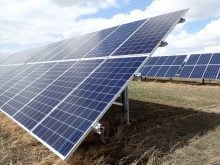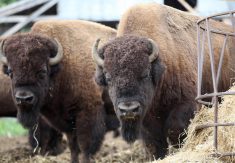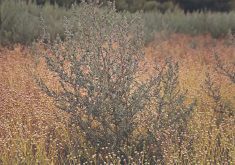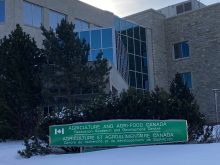When Saskatchewan’s politicians started their summer break in the second week of June, they were warned they might be recalled to discuss a severe drought gripping parts of the province.
Other parts of the Prairies were facing similar problems. Pleas of drought assistance were raised by farmers and various organizations, including Saskatchewan Wheat Pool.
Poor germination, stunted crop growth and clouds of dust rising behind the hooves of hungry cattle in sparse pastures were images hard to ignore.
But within two weeks, agriculture offices were receiving phone calls from some farmers asking for flood assistance.
Read Also

High prices see cow-calf producers rushing to incorporate
Farm accountants are reporting a steady stream of cow-calf producers rushing to get their operations incorporated ahead of selling their calves this fall.
A few areas have received 100 to 200 millimetres of rain. Some of these places were already saturated from previous rains; others were drought areas that will suffer severe erosion from the sudden rain onslaught.
Lest anyone forget, there are still pockets of drought that have received less than 50 percent of normal precipitation for this time of the year.
Politicians should monitor the weather, as well as safety net shortcomings, and plan to help farmers in dire need.
Early in June, Agriculture Canada officials said they felt existing safety net programs, rather than special disaster relief, are the appropriate government response.
Tom Richardson, director general of farm income policy and programs for Agriculture Canada, told a Senate agriculture committee hearing on farm income that his feeling was “there is a fair amount of protection there.”
He explained that while no one likes to see low prices or drought, “our sense is with $2.5 billion in NISA (Net Income Stabilization Account) and $3.5 billion in crop insurance, we can withstand a certain amount of low prices or drought.”
Richardson and other officials in the department also told senators that farmers are coming off two years of record net cash incomes.
Those statistics distort reality.
Higher freight rates and increased production costs eat away at cash income. Other expenses, from higher rural telephone rates to higher taxes after land reassessments, have also changed the scenario.
Crop insurance will not compensate all that will be lost this summer if erratic weather patterns continue.
As for NISA, some farmers have already been drawing from their accounts and cannot afford to draw more. In addition, international trade subsidy wars dampen the long range outlook.
Farmers need a bigger umbrella to save them from rising expenses, falling prices, rising dust and falling rain.














